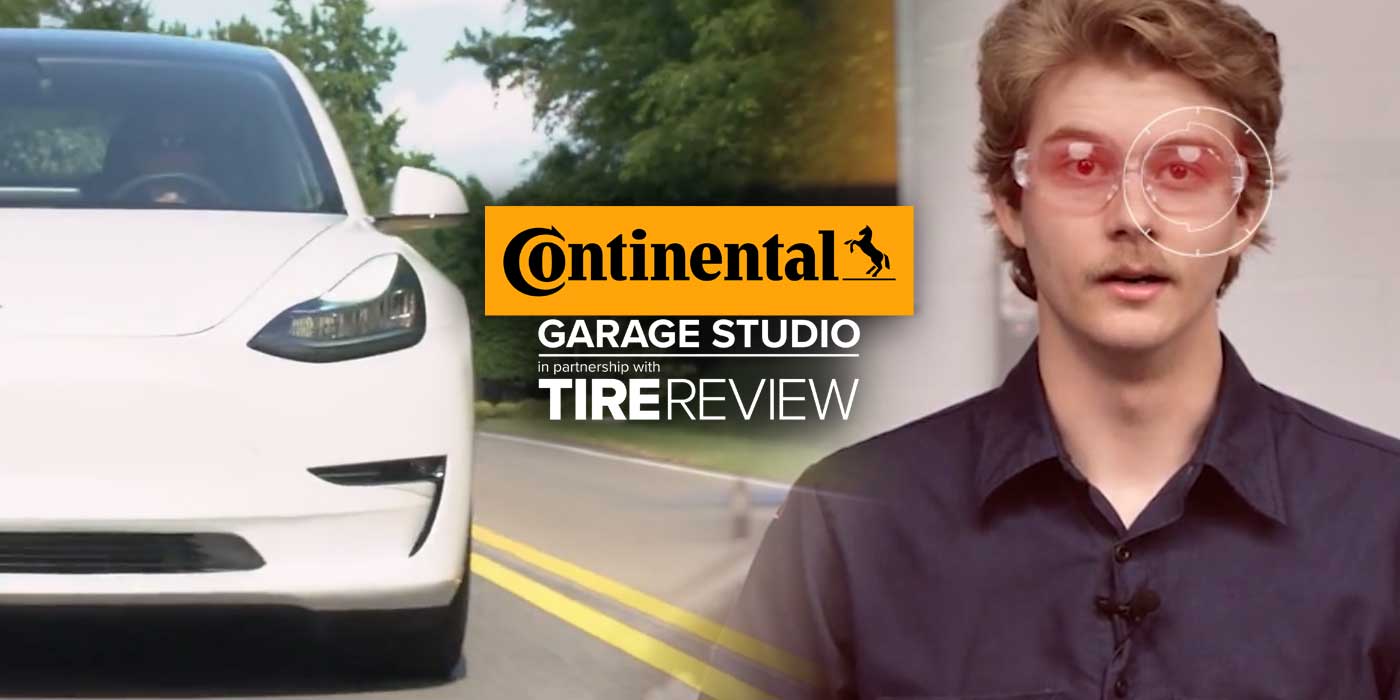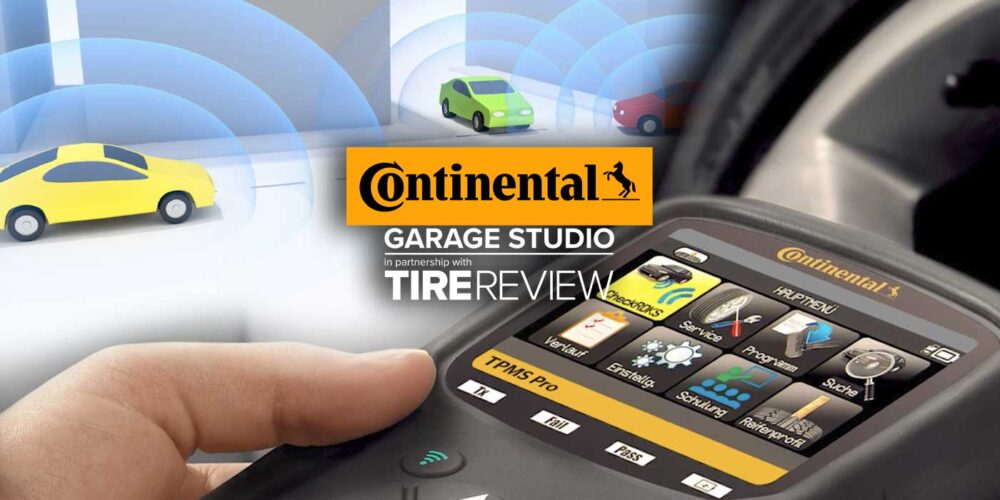In our last video, we discussed what the touring tire segment is and why its popularity continues to rise. While it’s the largest volume tire segment in the industry, all touring tires aren’t the same and won’t just be “plug-n-play” for any vehicle or its driver.
In this video from the Tire Review Continental Tire Garage Studio, we review how touring tires are designed and engineered to meet specific driver needs.
Touring tires are designed to handle all-season weather conditions – especially wet roads – with ease. All-season performance in touring tires comes down to manufacturing processes like determining rubber compounds and tread patterns. Both work together to provide grip in wet, dry and light snow while lasting longer than other tire segments.
Touring tires have either symmetric or asymmetric tread patterns and will likely be five-rib tires depending on size. A well-designed touring tire has a tread pattern that provides good handling and braking along with minimal noise output.
You may be thinking, “If manufacturers focus on improving one performance metric, others will decrease, right?” Not really. Touring tires across the board are manufactured to be the most balanced tire by combining the technologies of all performance metrics, including compound, structure and tread design.
Consumers expect balanced performance from such a large segment. They look to touring tires because the industry has produced them with important safety features and benefits. They also value tread life and durability in tough conditions, something manufacturers hone in on with its benefits.
Don’t forget to follow us on Instagram and Facebook and subscribe to our YouTube channel for more tire, service and shop operations videos.













